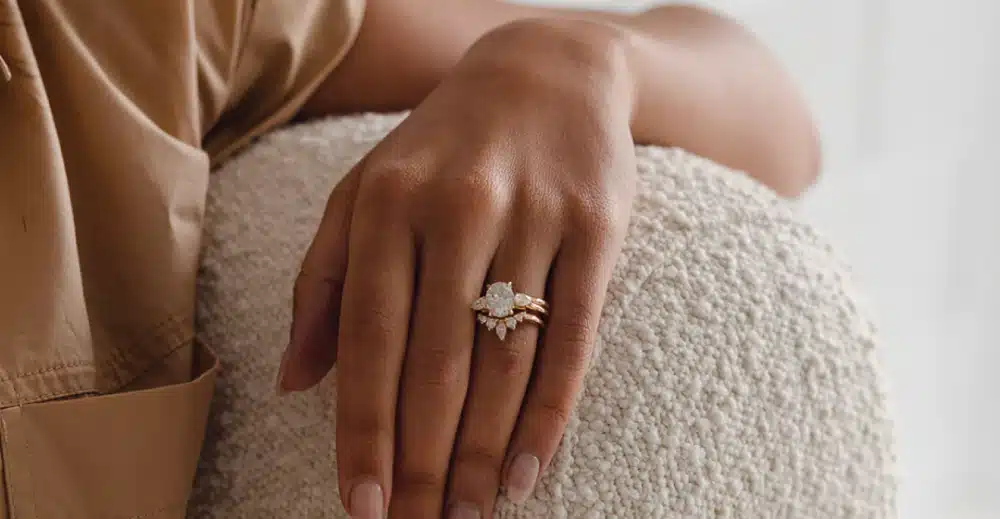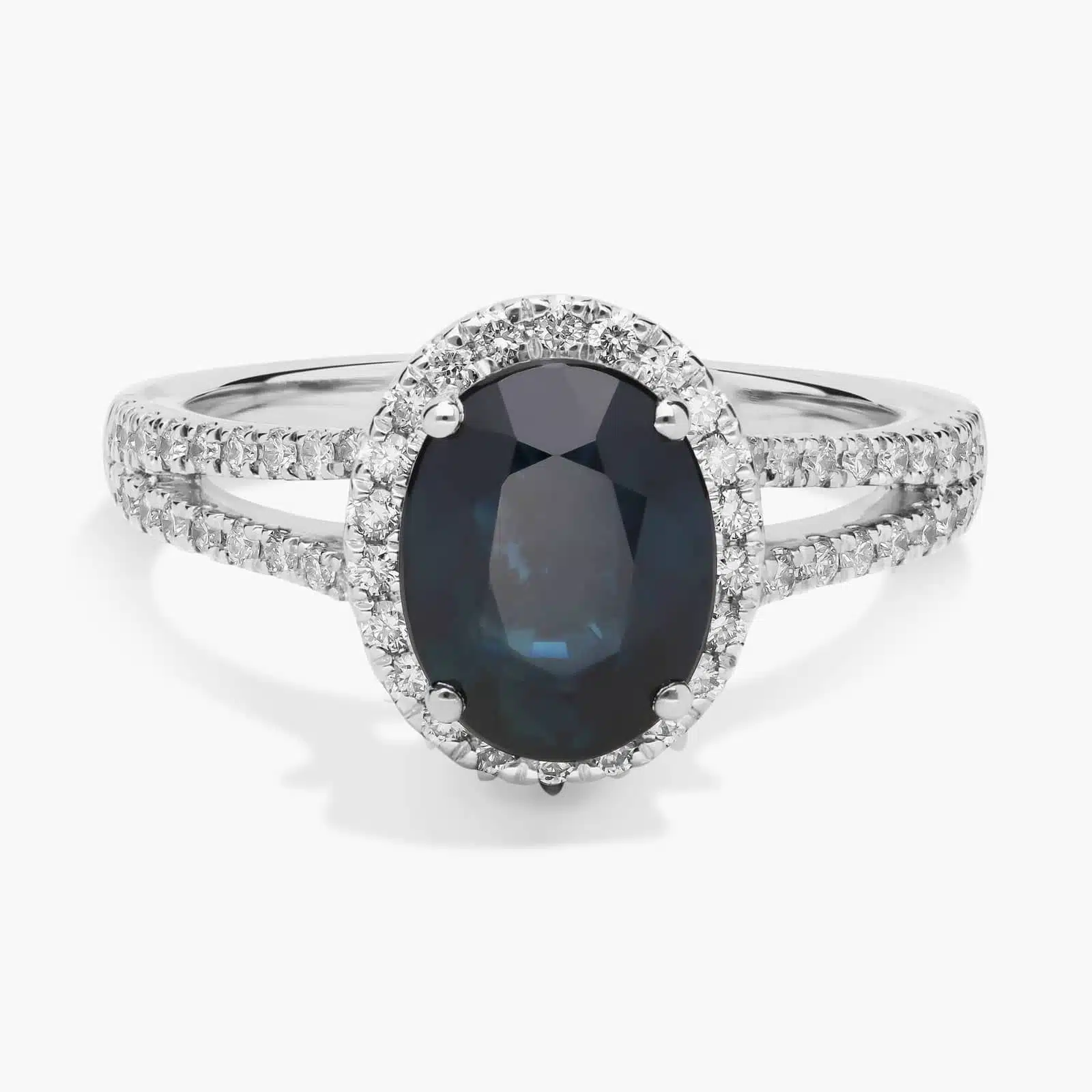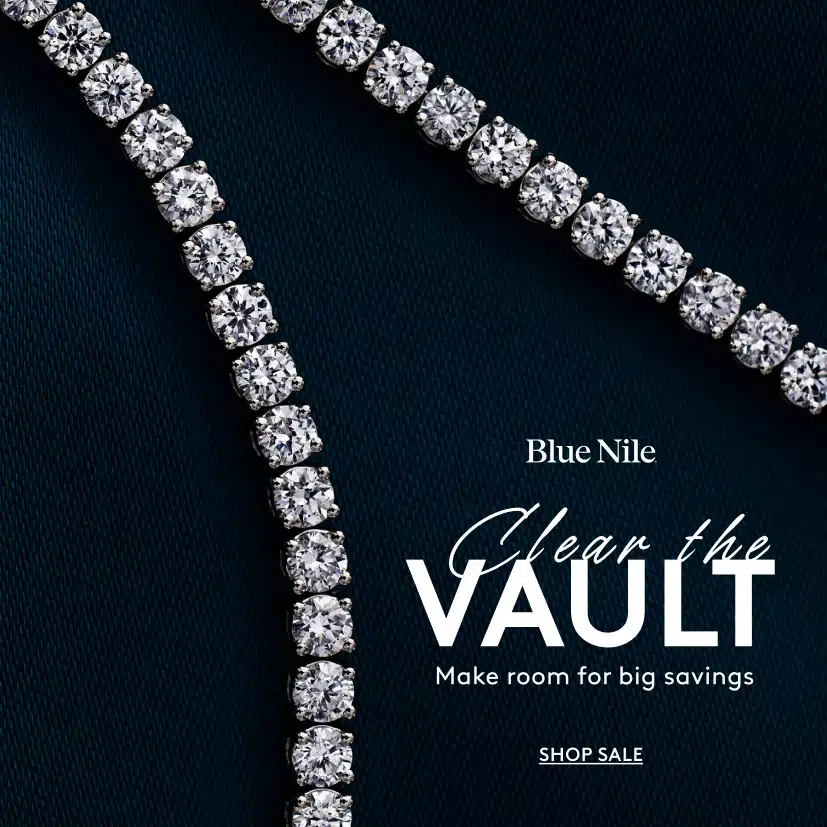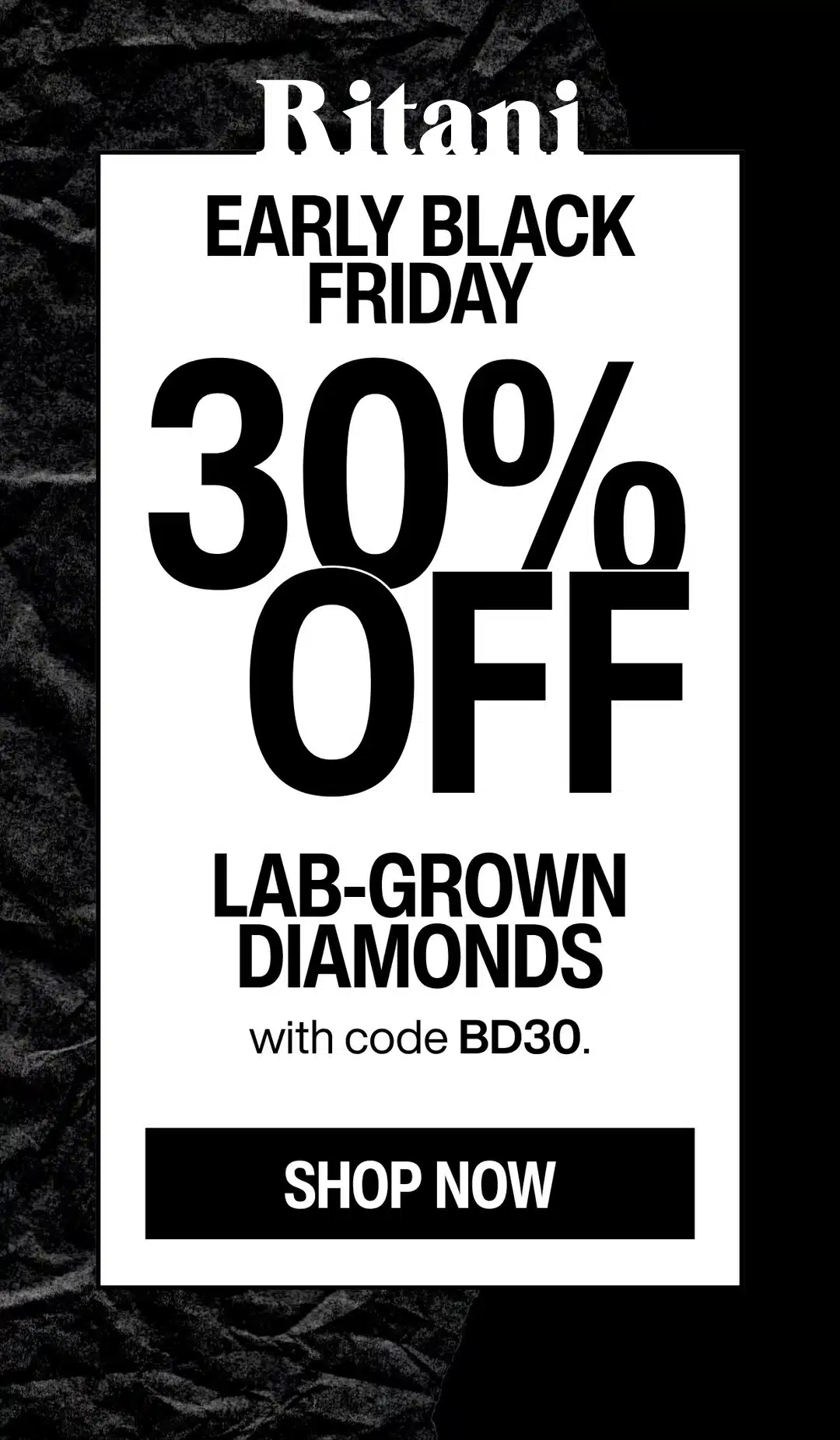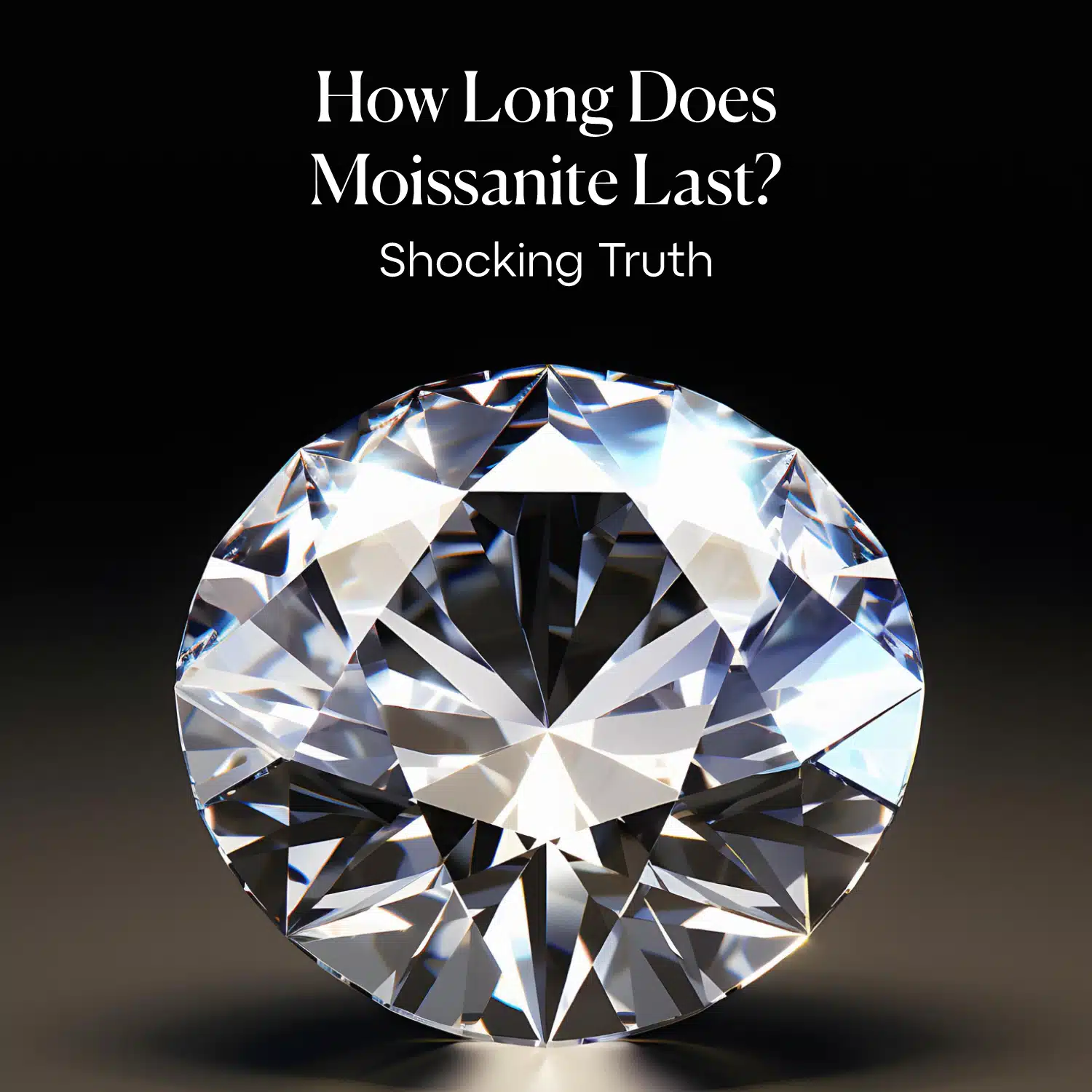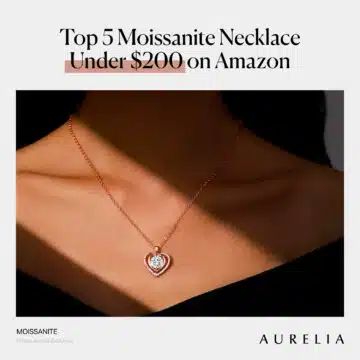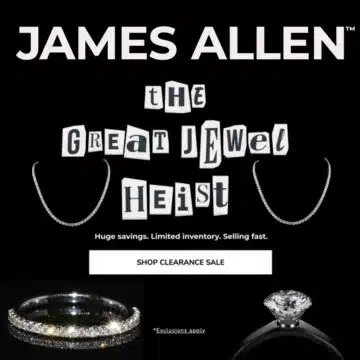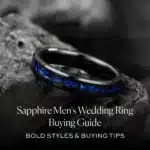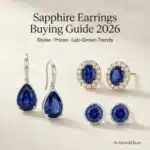Moissanite will last forever. It will not fade, cloud, or lose its sparkle over time.
So, if you’re asking yourself, “how long does moissanite last?“, the simple answer is a lifetime—and then some. As a GIA-trained expert, I want to do more than just tell you that; I want to show you why it’s a forever stone.
We’ll look at the science that makes it so durable, bust some common myths you might have heard, and I’ll give you my single most important tip for choosing a moissanite that you’ll be proud to wear 50 years from now.
- The Short Answer: Yes, Moissanite Lasts Forever (Here’s the Science)
- The Real Question: “Will My Moissanite Always Look Good?”
- Moissanite vs. Diamond: A Head-to-Head Durability Test
- Your Lifetime Care Checklist: Keeping Your Moissanite Flawless
- People Also Ask – Your Moissanite Longevity Questions
- A Final Word from Your Friend in the Business
The Short Answer: Yes, Moissanite Lasts Forever (Here’s the Science)
It’s easy for any jeweler to say a gemstone will last “forever,” but as a gemologist, I believe in proof. The promise of forever isn’t just a sales pitch; it’s built into the very physics and chemistry of moissanite. Let’s look at the science that backs it up, so you can have complete confidence.

It’s the Second Hardest Gemstone on Earth
The single most important factor for a gemstone’s longevity is its hardness—its ability to resist scratches and abrasions. We measure this using the Mohs scale of hardness, and this is where moissanite truly shines.
- Diamond: Scores a perfect 10 (the hardest known mineral).
- Moissanite: Scores an incredible 9.25 on the Mohs scale.
The “So What?”: That 9.25 score makes moissanite one of the most durable substances on the planet. It’s significantly harder than other popular gemstones like sapphires and rubies (which are a 9) or emeralds (which are a 7.5-8).
This exceptional scratch resistance means it’s perfectly suited for the daily wear and tear of an engagement ring. You don’t have to worry about everyday encounters with countertops, keys, or door frames dulling its surface. This inherent durability is a key reason the moissanite price offers such incredible value.
It’s Chemically Stable (This is Why It Won’t Get Cloudy)
Here’s the biggest anxiety I hear from buyers: “Will my moissanite get cloudy or hazy over time?” The answer is an emphatic no, and the reason is chemistry.
Moissanite is made of silicon carbide (SiC), an incredibly tough and stable compound. It doesn’t react to the chemicals it will encounter in daily life—from the dish soap and hand sanitizers you use to the natural oils on your skin.
The “cloudiness” you see in cheaper diamond simulants like cubic zirconia is often the result of two things: a porous surface that absorbs oils, or millions of microscopic scratches that dull the finish.
Moissanite’s hardness prevents the scratches, and its chemical stability means it won’t react and degrade. It will never fade or develop that dreaded hazy look. The quality of the moissanite 4Cs (Cut, Color, Clarity, and Carat) you buy today will remain unchanged for a lifetime.
It Handles Heat Better Than a Diamond
This is an expert-level detail that speaks volumes about moissanite’s incredible toughness. Moissanite can withstand temperatures up to 2,000° F (1,100° C) without damaging its structure or color. A diamond, by contrast, can begin to combust and turn cloudy at around 1,600° F (870° C).
While you won’t be testing this at home, it gives jewelers immense confidence when they are resizing a ring or performing repairs with a torch. It’s a true testament to the gem’s resilience and robust nature, ensuring it can be safely maintained for generations to come without risking its integrity.
The Real Question: “Will My Moissanite Always Look Good?”
Okay, we’ve established it won’t break or scratch. A moissanite stone is a true powerhouse of durability. But you’re probably also wondering, “Will it always look as beautiful as the day I bought it?” This is where we move from physical science to the art of gemology, and frankly, it’s the most important part of this guide.
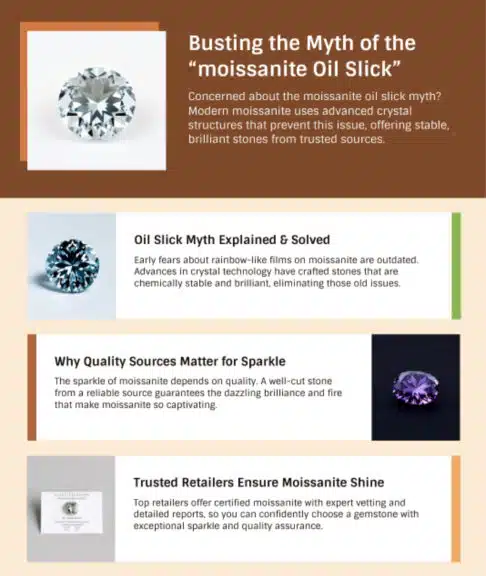
The long-term beauty of your moissanite engagement ring isn’t just about the material—it’s about the quality of the specific gemstone you choose.
Busting the Myth of the “Moissanite Oil Slick”
Let’s address a concern you might see floating around on old internet forums: the dreaded “oil slick.” This refers to a strange, rainbow-like film that could appear on some very early versions of lab-created moissanite. It was notoriously difficult to clean and caused a lot of anxiety for early adopters.
The “So What?”: You can relax. This issue is a relic of the past. The original moissanite production methods have been perfected over the last two decades. Modern, high-quality moissanite is created using a superior crystal structure (specifically, a 4H-SiC polytype) that completely eliminates this problem.
When you buy from a reputable source, you are getting a gemstone that is engineered to be chemically stable and will not develop this rainbow stain.
Want to know more about Moissanite myths? Please read this blog Debunked: Top 10 Myths About Moissanite.
My #1 Tip: The Key to a Lifetime of Brilliance is a Quality Source
All the science in the world doesn’t matter if you buy a poorly cut, low-grade stone. A moissanite can be indestructible, but if the cut quality is poor, it will never have the brilliant sparkle and fire you fell in love with. The visual properties of your gemstone are everything.
This is why I advise anyone buying moissanite to go to a source that provides third-party validation and guarantees exceptional quality. You need to know that the colorless moissanite you’re buying is truly colorless and that its facets have been cut for maximum light performance. It’s why I confidently recommend two top-tier sources:
Charles & Colvard
Think of them as the inventors of the category. As the original creators of gem-quality moissanite, their expertise is unmatched.
Their Forever One line represents the pinnacle of moissanite perfection—flawless to near-flawless gems in the coveted D-E-F colorless range.
When you buy from Charles & Colvard, you are getting a gemstone from the pioneers who set the standard for the entire industry.
Charles & Colvard is a pioneer in the moissanite jewelry space, being the original creator of lab-grown moissanite gemstones. With decades of experience, they offer a wide range of affordable yet brilliant alternatives to diamonds, especially for engagement rings. Their commitment to ethical sourcing and U.S.-based craftsmanship has made them a trusted name in moissanite.
WHAT WE LOVE ABOUT THEM:
- One of the most established and trusted moissanite brands.
- All stones are lab-grown and made in the USA.
- Generous 100-day return policy.
- Free shipping within the U.S.
- Lifetime limited warranty on stones.
- Frequent sales and promotions, making their prices highly competitive.
- Offers Forever One™ moissanite, known for its premium color and clarity.
- Financing options available through Affirm.
- Sustainability-focused brand with ethical sourcing practices.
WHAT TO KNOW:
- Limited options compared to multi-brand platforms like James Allen.
- Website user experience can feel dated.
- Custom design options are more limited than competitors.
James Allen
For the absolute best and most transparent online shopping experience, I point everyone to James Allen. They are a premier online retailer for a reason.
They offer a curated selection of top-quality loose moissanite stones that you can inspect from every angle in their groundbreaking 360° high-definition videos. This allows you to personally assess the gemstone’s cut and sparkle before you buy.
More importantly, their moissanite is vetted by GIA-trained gemologists and comes with a detailed certificate. You aren’t just buying a stone; you’re buying complete confidence.
James Allen is widely known for their diamond expertise, but they also offer a select range of certified moissanite stones for shoppers seeking brilliance without the high price tag. Each moissanite comes with authentic certification, and many are GIA-certified, ensuring transparency, quality, and peace of mind. With stunning sparkle, ethical sourcing, and James Allen’s signature high-resolution imaging, moissanite is a smart, stunning alternative for modern couples.
WHAT WE LOVE ABOUT IT:
- Certified moissanite, including options with GIA certification—a rare find in the industry.
- High-quality stones with exceptional brilliance and clarity.
- More affordable than diamonds, with significant savings on engagement rings and fine jewelry.
- Access to James Allen’s 360° HD imaging, so you can inspect every facet before you buy.
- Backed by James Allen’s 30-day return policy, lifetime warranty, and free resizing.
- Same excellent service, packaging, and support as their diamond collections.
WHAT TO KNOW:
- Smaller moissanite selection compared to diamonds or lab-grown options.
- Not always featured prominently on their website—may need to request or inquire directly.
- Best suited for buyers who value certification and visual transparency over brand variety.
Moissanite vs. Diamond: A Head-to-Head Durability Test
Let’s put them side-by-side. When you see the numbers, you’ll understand why moissanite isn’t just a diamond alternative; it’s an incredibly compelling choice for a forever stone in its own right. Forget opinions for a moment—the data speaks for itself.
| Feature | Diamond | Moissanite | My Verdict (The “So What?”) |
| Hardness (Mohs) | 10 | 9.25 | Both are exceptionally hard and perfect for everyday wear. |
| Brilliance (Fire) | Excellent | Superior | Moissanite’s rainbow fire is more pronounced, a feature many love. |
| Toughness | Very Good | Excellent | Moissanite is less prone to chipping from a hard impact. |
| Heat Resistance | High | Extremely High | Both are tough, but moissanite has the edge during jewelry work. |
What This Table Really Means for You
As you can see, these two gemstones are titans of durability.
- Hardness: For all practical purposes, the hardness difference is academic. Both are so far above other gemstones that they are in a class of their own for scratch resistance, making either a perfect choice for an engagement ring you plan to wear every day.
- Brilliance: This isn’t about durability, but it’s a key part of the stone’s long-term visual appeal. Moissanite is “doubly refractive,” meaning it splits light into fiery, rainbow flashes of color.
Diamonds are “singly refractive” and produce more white, icy sparkle. Neither is “better”—it’s a matter of personal taste. Do you prefer a disco ball of fire or a crisp, white brilliance? - Toughness: This is a crucial, often misunderstood expert nuance. Hardness resists scratching, but toughness resists chipping and breaking. Because of its unique crystalline structure, moissanite is slightly tougher than diamond.
This means that if you were to strike both stones with equal force on a sharp edge, the diamond would be more likely to chip or fracture. For real-world durability, moissanite has a slight edge here.
Here are some moissanite vs Diamond guide for you:
- Moissanite vs Diamonds: Side by Side Comparison
- Diamond vs Moissanite in Sunlight: A Complete Guide
- Moissanite vs Lab Diamond Side by Side Comparison
- Simulated Diamond vs Moissanite: Which Is the Real Winner in Beauty and Budget?
Your Lifetime Care Checklist: Keeping Your Moissanite Flawless
Your moissanite is incredibly low-maintenance, but a little care goes a long way to keeping that sparkle at 100%. The stone itself is virtually indestructible, so this advice is really about maintaining the beauty of your jewelry as a whole—the gemstone, the precious metal, and the setting. Think of this as a simple routine, not a chore.
Clean it Gently
Over time, daily life can leave a film of oils, lotions, and dust on the surface of your moissanite ring, temporarily dulling its shine. The good news is, cleaning it is incredibly simple.
- How to do it: Just get a small bowl of warm water and add a few drops of gentle dish soap (like original Dawn). Let your ring soak for a few minutes, then use a very soft toothbrush (a baby toothbrush is perfect) to gently scrub behind the stone and around the setting where grime builds up.
Rinse it under warm running water and pat it dry with a soft, lint-free cloth. It will look as brilliant as the day you got it.
Inspect the Prongs
The biggest risk to any piece of fine jewelry isn’t the gemstone breaking; it’s the gemstone falling out. Your moissanite is held in place by tiny metal prongs, and over years of wear, they can sometimes get snagged or bent.
- What to do: Once every few months, hold your ring up to your ear and tap it lightly. If you hear a slight rattling sound, it could mean a prong is loose. You can also gently touch each prong with a fingernail to see if it moves.
If you suspect anything is loose, take it to a local jeweler immediately. A simple prong tightening is an inexpensive fix that can save you from a major heartbreak.
Store it Smartly
Remember that 9.25 hardness score? It means your moissanite can easily scratch other jewelry. When you take your ring off, don’t just toss it into a jewelry box with your other pieces.
- Best practice: Keep your moissanite engagement ring in the original box it came in or in a separate soft pouch. This protects your other softer gemstones (like opals, pearls, or even emeralds) and precious metals from getting scratched by the hard moissanite.
Know When to Take it Off
While your moissanite gemstone can handle almost anything, the precious metal band of your ring is much softer and can be damaged.
- My advice: I recommend taking your ring off when you’re doing heavy manual work (like gardening, lifting weights at the gym, or working with tools) or when using harsh chemicals (like bleach or chlorine in a pool).
This isn’t to protect the moissanite—it will be fine! It’s to protect the gold or platinum setting from getting deeply scratched, warped, or chemically discolored.
More moissanite cleaning guide:
- Can You Clean Moissanite with Alcohol? Find Out the Truth Here!
- Discover the Ultimate Moissanite Cleaner You Need Today!
- How to Clean Your Engagement Ring at Home: A Simple Guide
People Also Ask – Your Moissanite Longevity Questions
I hear these questions all the time from smart buyers just like you. Getting clear, honest answers is the key to feeling confident in your choice. Let’s tackle them one by one.
A Final Word from Your Friend in the Business
So, let’s bring it all together. The physical durability of moissanite is a scientific fact; it is a gemstone that is built for life. But its true, lasting beauty—the brilliant sparkle that will catch your eye in 5, 20, or 50 years—is directly tied to the initial quality of the stone you choose from a trusted source.
The science is clear: moissanite is a forever stone. The anxiety doesn’t come from the material itself, but from the fear of choosing the ‘wrong’ one. Your goal isn’t just to buy a moissanite—it’s to buy a great one.
You now have the confidence to choose a stone not just for how it looks today, but for how it will sparkle for a lifetime—whether you go to the original creators or a top-tier online expert.
Forever One™ is Charles & Colvard’s signature moissanite line, offering the highest quality stones they produce. Known for its exceptional brilliance, clarity, and color, Forever One moissanite is available in both colorless (D–F) and near-colorless (G–H–I) options. It’s a popular choice for those seeking a luxurious look without the diamond price tag—crafted with precision and designed to last a lifetime.
WHAT WE LOVE ABOUT IT:
- Premium-grade moissanite with outstanding fire and brilliance.
- Available in a wide variety of shapes and carat sizes.
- Ethically sourced and lab-grown in the USA.
- Comes with a certificate of authenticity and limited lifetime warranty.
- Colorless (D–F) options rival top-tier diamonds in appearance.
- Significantly more affordable than natural or lab-grown diamonds.
- Ideal for engagement rings, wedding sets, and heirloom-quality pieces.
- Resistant to scratching, breaking, and clouding over time.
- Sustainable and eco-conscious—no mining involved.
WHAT TO KNOW:
- Still carries a “moissanite stigma” for some buyers who expect a diamond.
- Slightly different sparkle than diamonds—more fire and rainbow flashes.
- Less resale value than natural diamonds or high-end lab-grown options.


